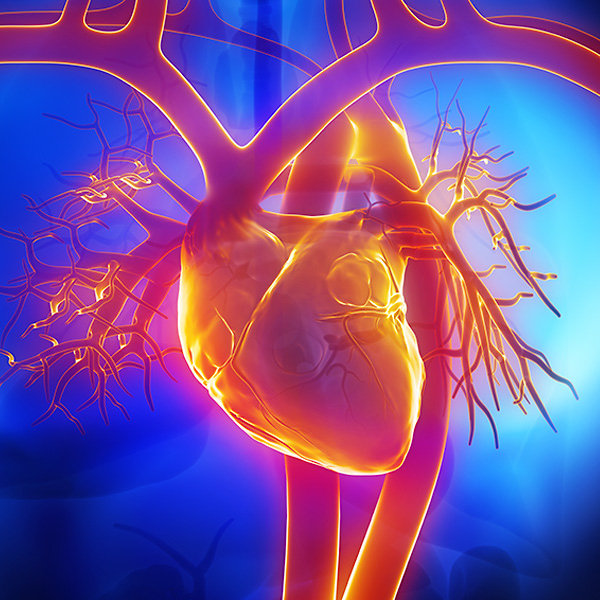Ventricular Fibrillation (V-fib)
Overview and Facts about Ventricular Fibrillation (V-fib)
Also known as V-fib, ventricular fibrillation is a very serious disturbance in the heartbeat’s rhythm. Abnormal electrical activity causes the lower chambers of the heart to quiver rather than beat normally. This prevents the heart from pumping blood and results in cardiac arrest.
Causes and Risk Factors of Ventricular Fibrillation (V-fib)
V-fib may have a number of causes including:
- Poor blood flow to the heart
- Damage to the heart muscle
- Problems with the aorta (the body’s main artery)
- Cardiomyopathy (heart disease)
- Sepsis (severe infection)
- Drug toxicity
You may be at an increased risk of V-fib if you have:
- A congenital heart defect
- Heart disease
- Injuries that have damaged the heart muscle
- Certain electrolyte abnormalities
- A history of V-fib episodes
- A previous heart attack
Signs and Symptoms of Ventricular Fibrillation (V-fib)
Early signs and symptoms include:
- Pain in the chest
- Tachycardia (rapid heartbeat)
- Nausea
- Dizziness
- Breathlessness
- Loss of consciousness
V-fib can lead to sudden cardiac arrest, which requires urgent medical attention. Signs of cardiac arrest include:
- Irregular breathing or no breathing
- Loss of responsiveness
Tests and Diagnosis of Ventricular Fibrillation (V-fib)
Diagnosis of V-fib always happens in an emergency situation. Diagnosis is based on monitoring your heartbeat and the absence of a pulse. Your doctor will order further tests to find heart conditions that were the cause of V-fib. These may include:
- Blood tests: Your blood will be tested for heart enzymes, which leak from your heart if it has been damaged by a heart attack.
- Chest X-ray: This image allows your physician to see the shape and size of your heart.
- Electrocardiogram: An ECG measures the electrical activity in your heart and displays the readings on a monitor.
- Echocardiogram: This is a type of ultrasound that produces an image of your heart.
- Cardiac computerized tomography: During a CT scan you will lie on a table while a donut-shaped machine takes X-rays of your heart and chest.
- Coronary catheterization: Also known as an angiogram, this test determines if your arteries are narrow or blocked. A liquid dye is injected into an artery in your leg, allowing your arteries to appear on an X-ray.
- Magnetic resonance imaging: During an MRI, you will lie on a table within a long, tubular machine that will produce an image of your heart.
Treatment and Care for Ventricular Fibrillation (V-fib)
There are several treatments that can be prescribed to prevent future V-fib episodes. These include:
- Medications: Beta-blockers may be used to reduce the risk of additional V-fib episodes.
- Implantable cardioverter-defibrillator: An ICD is a battery-powered device that is implanted near your left collarbone. A flexible wire runs from the device through the veins in your heart. If your heart rhythm becomes too slow, it emits an electrical signal to pace your heart. If it detects V-fib, it will emit high-frequency shocks to reset your heart’s rhythm.
- Coronary bypass surgery: During this procedure, arteries or veins are sewn in place beyond the narrowed or blocked artery to restore blood flow.

Request an Appointment
Loyola Medicine heart and vascular specialists have the experience and technology to treat the most difficult cardiac and vascular conditions. Schedule an appointment today.
Schedule a Telehealth Appointment
